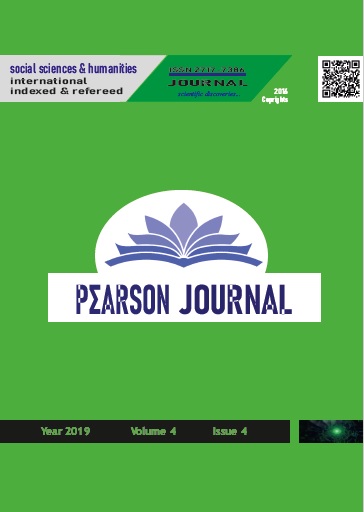ASTANA ŞEHRİNİN TURİZM TESİSLERİ
Anahtar Kelimeler:
Kazakistan, Astana, Turizm, Bayterek, Han Şatır, Barış ve Anlaşma Sarayı, Piramit, Akorda, Bağımsızlık SarayıÖzet
Astana Avrasya’nın merkezinde Esil nehrinin sağ kıyısında, jeolojik açıdan
önemli bir yerde yerleşmiştir. 1994 yılı temmuz ayında Cumhurbaşkanı Nursultan
Nazarbayev 30 yıllık kalkınma strateji planlamasında Kazakistan başkenti Almatı’yı
Akmola’ya taşıma karar aldı. Astana, ülkenin sosyo-ekonomik kalkınmasında
liderlerden biri olan Kazakistanin başkentidir. Başkentin taşınması kararının kentin,
bölgelerin ve ülkenin bir bütün olarak mekânsal yapısının dinamik gelişimi üzerinde
doğrudan etmişi olmuştur.
Astana’da birçok turizm türü gelişme potansiyeline sahiptir. Doğal kaynakların
yanı sıra kültürel kaynakların ve yerel zenginliklerin bir arada kullanılarak alternatif
turizm olanaklarının değerlendirilmesi önerilmektedir.
Astana’da turizmin gelişimi için planlanan faaliyetler: kültürel turizm,tarihi
turizm, iş turizm,doğa sporları ve çiftlik turizm olarak belirlenmiştir.
Planlanan turizm faaliyetlerinin Astana şehrinin 1998 yılında başkent olmasıyla
başlayan süreçte hız kazandığı, buna bağlı olarak turizm altyapısının geliştirildiği ve
kültürel turizmi ile yerel özellikleri öne çıkaran tarihi turizmi bütünleştirme çabalarının
arttığı gözlenmektedir.
Son zamanlarda Astana şehrine gelen turist sayısı artmaktadır. Ayrıca tarihi ve
mimari manzaralar olarak şehrin dört binası yeni eğlence merkezleri, muhteşem
lokantalar, alışveriş merkezleri ve farklı çarşılardan oluşmaktadır. Astana şehri, dini ve
tarihi heykellerin şehirde çok sayıda bulunmasından dolayı birçok ödüller almıştır.
1999 yılında Astana şehrine, ‘‘Dünya şehri’’ ismi verilmiştir.



